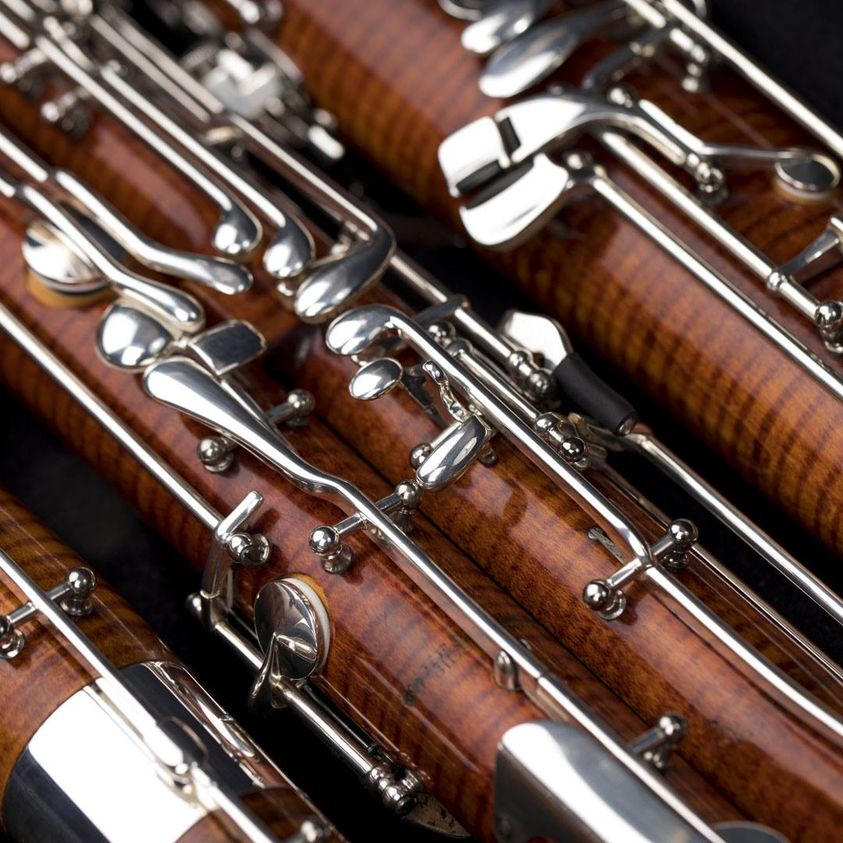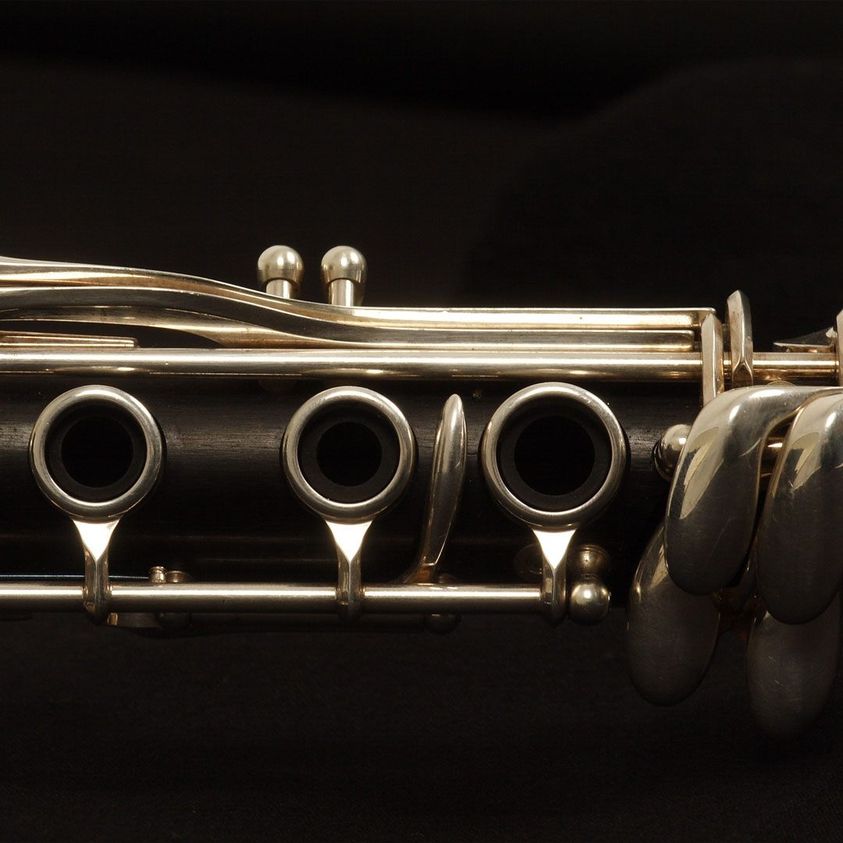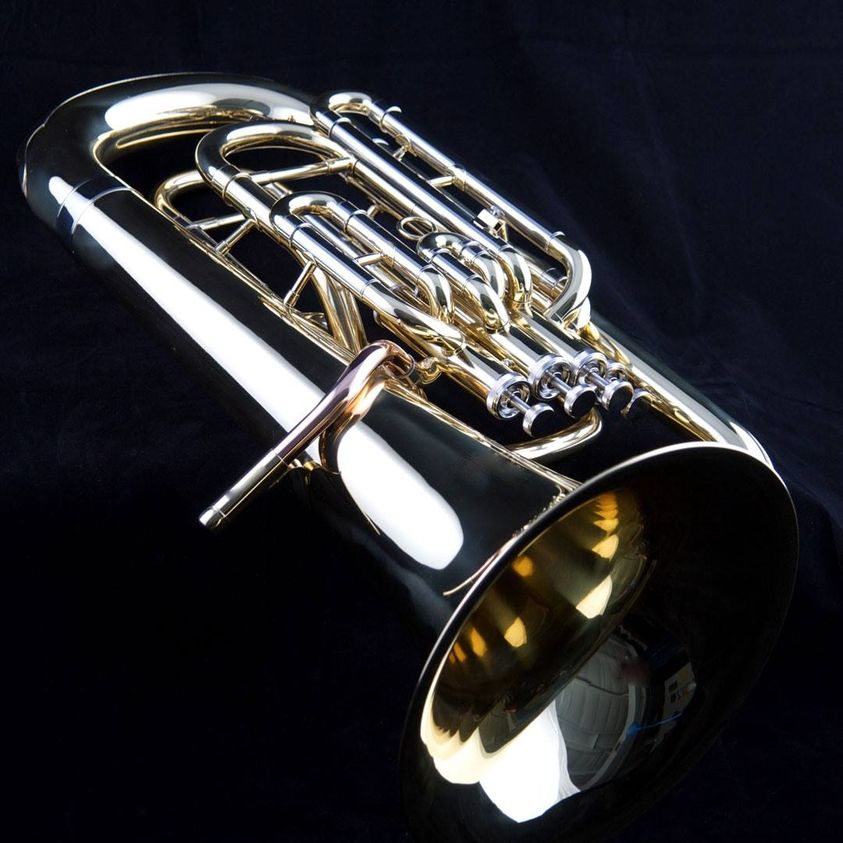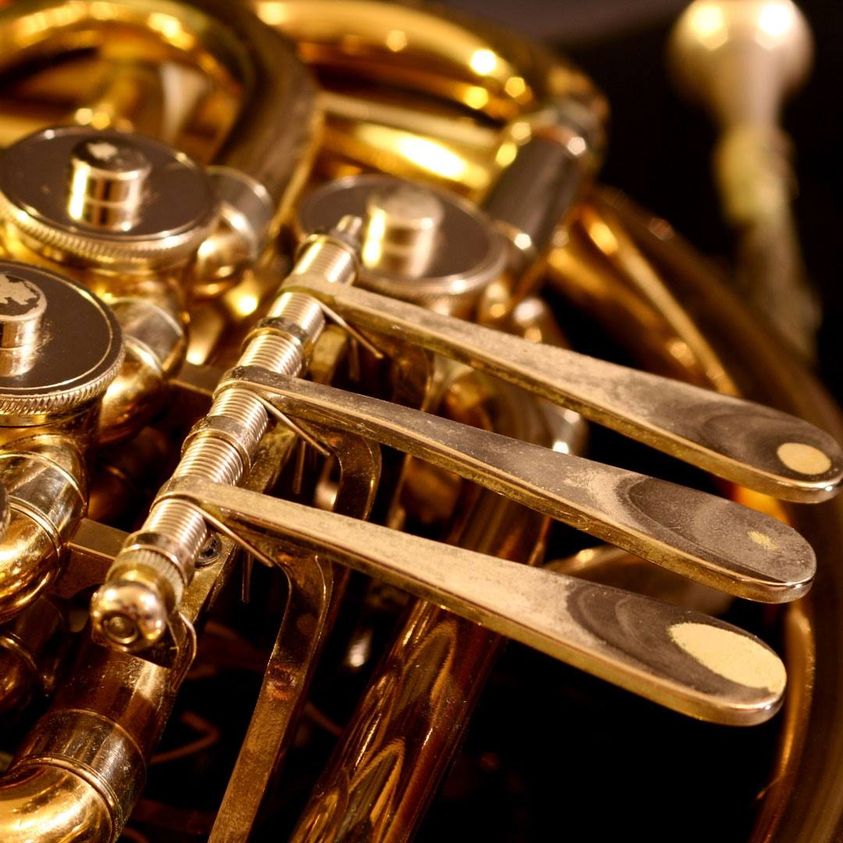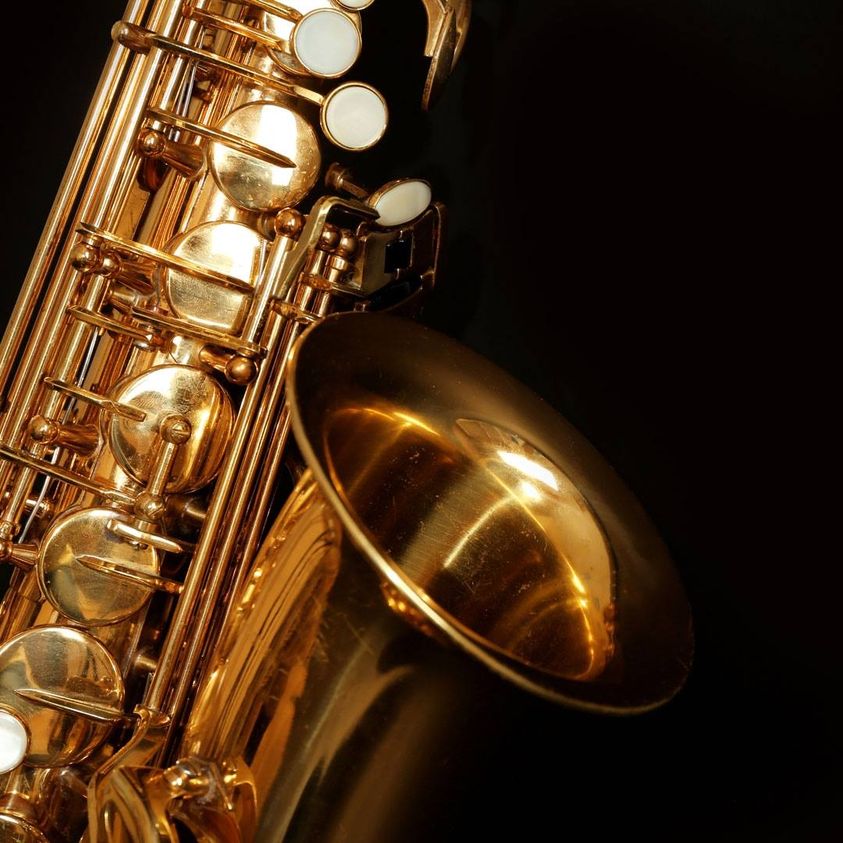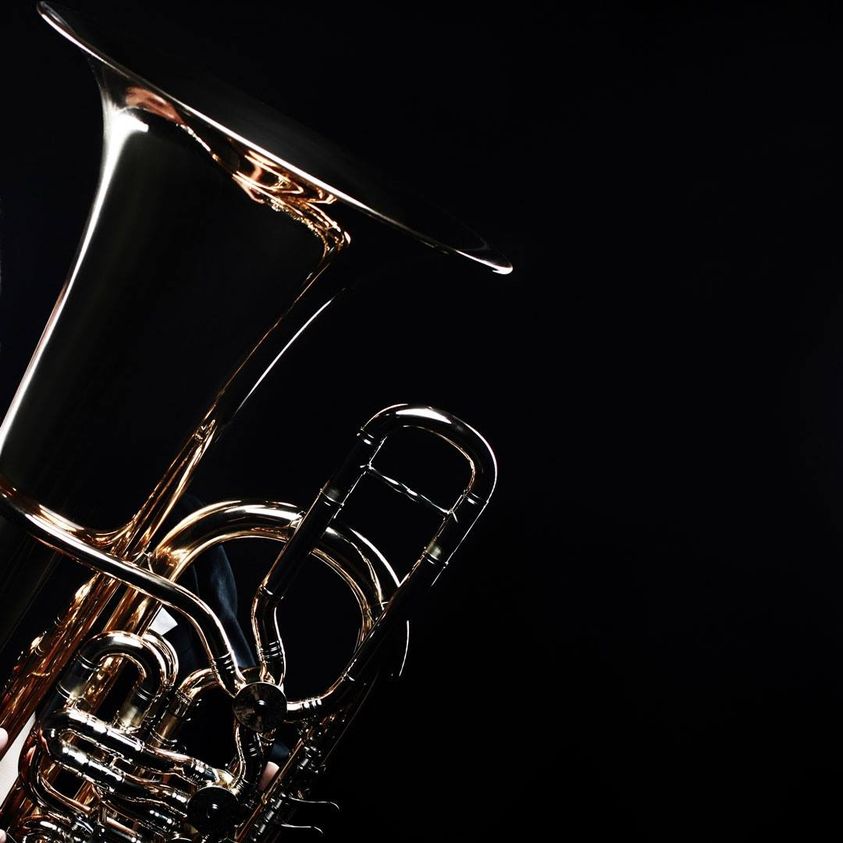Which Instrument is for you?
The instruments listed here can all be rented through the program however there is not an unlimited supply so please check availability with Eli Baker via email at elissajanebaker@hotmail.com. Beginning percussionists can rent a “percussion pack” which consists of a glockenspiel, mallets, practice pad and drumsticks. It is also important to note that some of these instruments are quite large and quite heavy so you may find them difficult to transport.
The bassoon is a double-reed woodwind instrument that has (unfairly?) been called the clown of the orchestra. However, it is known for its wide range, distinctive tone, and warm sound that is comparable to a baritone male vocalist. The bassoon is an unusually long instrument; the long tube of the instrument has a folded shape, but it would reach around 260 centimetres if extended to its full length.
See here for more detailed information about the bassoon.
The clarinet is a single-reed woodwind instrument and was the last instrument to be added to the symphony orchestra. The clarinet features in beautiful works by many great composers like Vivaldi, Mozart and Brahms. It also shines in early jazz music and famous solos like Gershwin’s Rhapsody in Blue (during the rehearsal of the piece for its premiere performance in 1924, the clarinet soloist decided it would be funny to slide (glissando) up to the high note rather than play the written chromatic scale notes. Gershwin liked it so much that it has been played that way ever since). There are over ten different types in the clarinet family; in our bands we use the B♭, E♭ and bass clarinets.
Note: we have Bb and bass clarinets for hire through the program.
See here for more detailed information about the clarinet.
Back to Top.
The euphonium was Invented in the mid-19th century. It is a tenor-voiced brass instrument that derives its name from the Ancient Greek word euphōnos, meaning “well-sounding” or “sweet-voiced”. It is a jack of all trades in wind bands, with a wide range and velvety, mellow sound that blends well but gives it a lyrical quality perfect for solos.
Also, it might look similar but [say it in an Arnie voice] it’s not a tuba.
See here for more detailed information about the euphonium.
Back to Top.
The flute is one of the earliest known instruments, often associated with magic and the spirit world in early cultures, and found in orchestras, jazz, folk, contemporary and world music. They can be made out of a wide variety of materials, with precious metals like silver, gold and platinum each bringing a different tone quality to the flute’s ethereal sound (the world’s most expensive flute is made of platinum with sterling silver keys and last sold at auction in 1986 for US$187,000). Our Beginning Band Director is a flute player, as was Leonardo da Vinci.
See here for more detailed information about the flute.
Back to Top.
The French horn’s uplifting tone can be recognised in many orchestral works. Descended from hunting horns in Europe, the French horn has the widest range of notes of any brass instrument and might be one of the most difficult instruments to play.
See here for more detailed information about the french horn.
Back to Top.
The oboe, whose name comes from the French for “high-pitched wood,” is a double-reed woodwind instrument and is notoriously difficult to play. However, once mastered it can produce emotive music of incredible beauty (The haunting piece “Gabriel’s Oboe” by Ennio Morricone won both editions of ABC Classic 100 Music in the Movies in 2013 and 2020 so there must be something in it).
See here for more detailed information about the oboe.
Back to Top.
The saxophone looks brassy but it’s part of the woodwind family. Adolphe Sax invented it in the 1840s, originally coming up with 14 different types (though we only use the alto, tenor and baritone in our ensembles). It is played by the Musical Director of our Concert Band, and is at home across most musical styles, from military bands to classical orchestras to pop to the most iconic jazz.
Note: we have alto and tenor saxophones available for hire through the program.
See here for more detailed information about the saxophone.
Back to Top.
The trombone, throughout history has been used in a variety of situations, including the courts of aristocrats, churches, and in military and jazz bands. Some composers even used it as the Voice of God! It is played by the programme’s founder, its current Musical Director, and the Musical Directors of Symphonic Band and Wind Orchestra…so there must be something special about it.
See here for more detailed information about the trombone.
Back to Top.
The tuba is the largest and lowest-pitched brass instrument in the band. Invented in the 19th century, standard tubas weigh from 9 to 13 kilograms and contain almost 5 metres of tubing. The tuba brings an essential richness and depth to the sound of a wide range of musical genres.
See here for more detailed information about the tuba.
Back to Top.
Percussion
We’ve had a look at all the woodwind and brass instruments, but what really puts the icing on the cake of our ensembles is the percussion section. Always the most entertaining people to watch in a concert as they dart back and forth, percussionists cover a wide range of instruments including timpani, drums, cymbals, gongs and tuned percussion like marimba and glockenspiel, as well as a whole lot of miscellaneous things that make noise.
See here for more detailed information about the percussion family.
Back to Top.
Note: the program provides (free of charge) numerous percussion instruments such as bass drum, timpani, cymbals etc. for use during rehearsals and performances.

